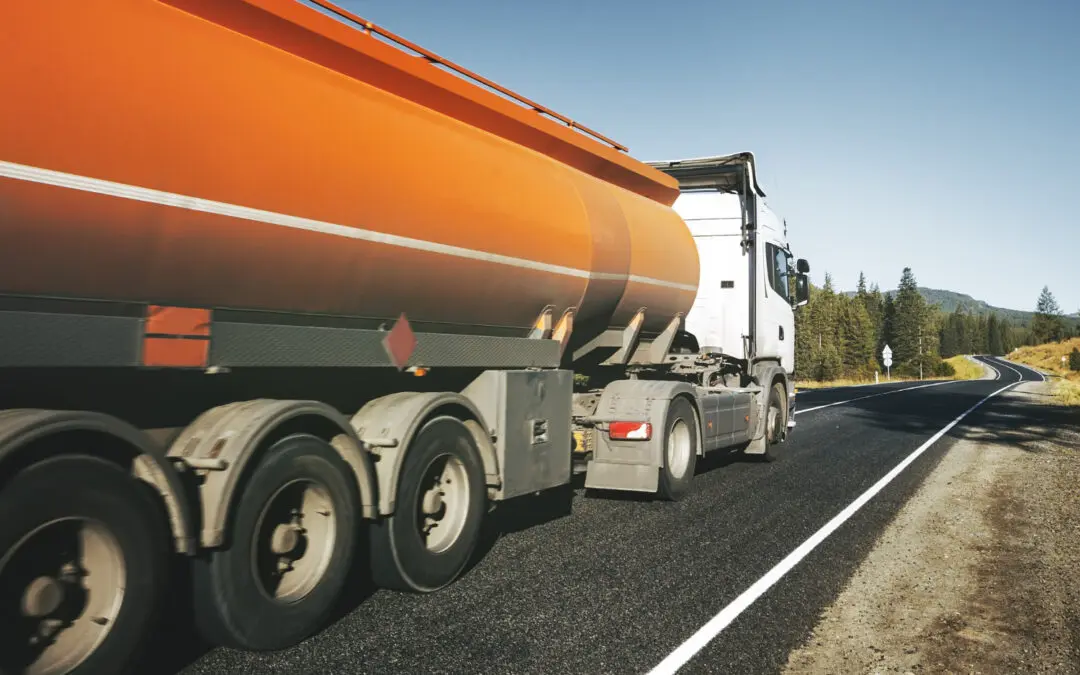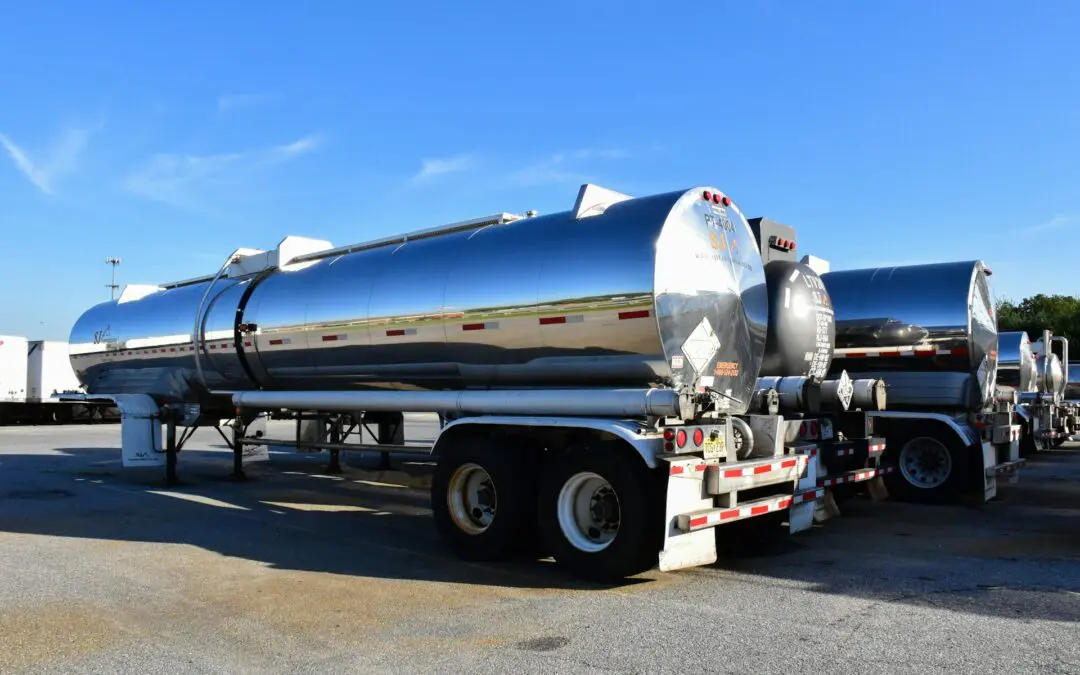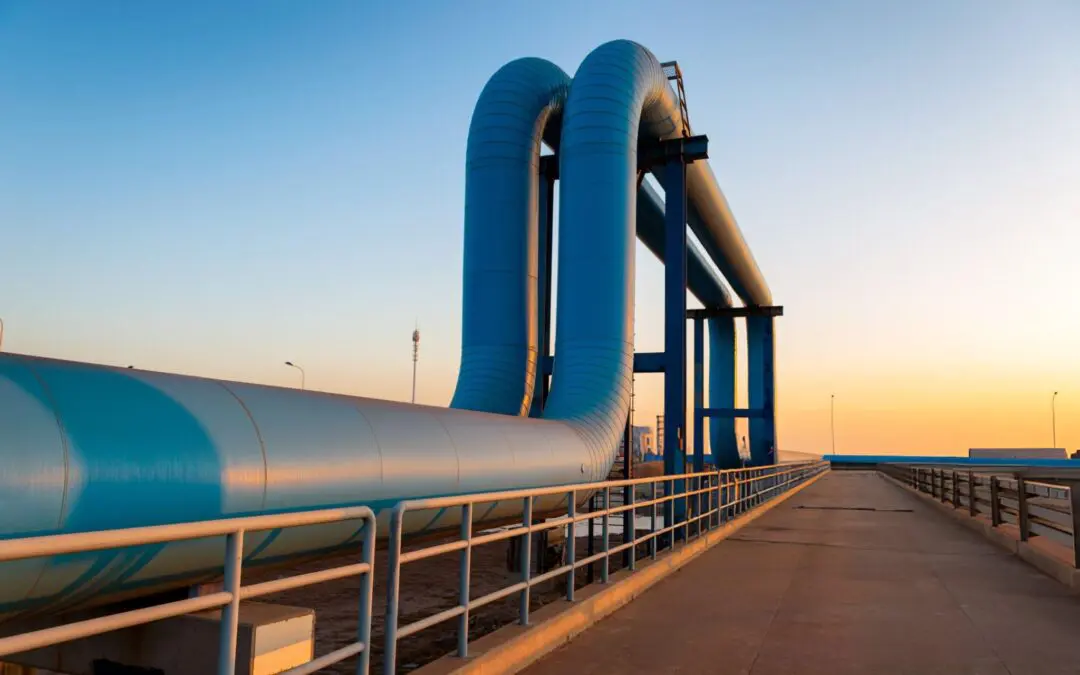
by Explore Group | Oct 5, 2025 | Oil, Transport
When temperatures drop and roads turn slick, transporting crude oil becomes a lot more complicated. Snow, ice, and mechanical failure don’t mix well with heavy loads and long hours on the road. Making sure that oil moves safely during winter isn’t just about driving...

by Explore Group | Aug 25, 2025 | Transport, Oil
Oil transportation involves moving huge quantities of petroleum products, day in and day out. It’s a process that relies on machines, trained people, and set schedules. But even with a good plan in place, things can go wrong fast. That’s where risk assessment comes...
by Explore Group | Aug 18, 2025 | Transport, Oil
Introduction Oil refineries play a crucial role in producing the fuels and chemicals we use every day. They rely on a steady supply of raw materials to keep their operations running smoothly. This is where transportation companies step in, providing essential services...
by Explore Group | Aug 4, 2025 | Transport, Oil
Introduction Logistics today moves fast. Customers expect quick deliveries, predictable arrival times, and regular updates. Businesses are juggling more moving parts than ever from shipping routes and warehouse coordination to driver schedules and inventory...

by SEO | Aug 4, 2025 | Oil, Transport
Introduction Choosing how to move crude oil to refineries is a big decision. The method you pick can affect the speed of delivery, cost of operations, and long-term reliability. When it comes down to it, most of the conversation focuses on two options: pipelines and...
by Explore Group | Jun 23, 2025 | Oil, Transport
Introduction Oil transportation might not be the first thing that comes to mind when you think about technology, but it’s an area where modern solutions are making a significant impact. Ensuring safe and efficient transport of oil is not just about moving a...




